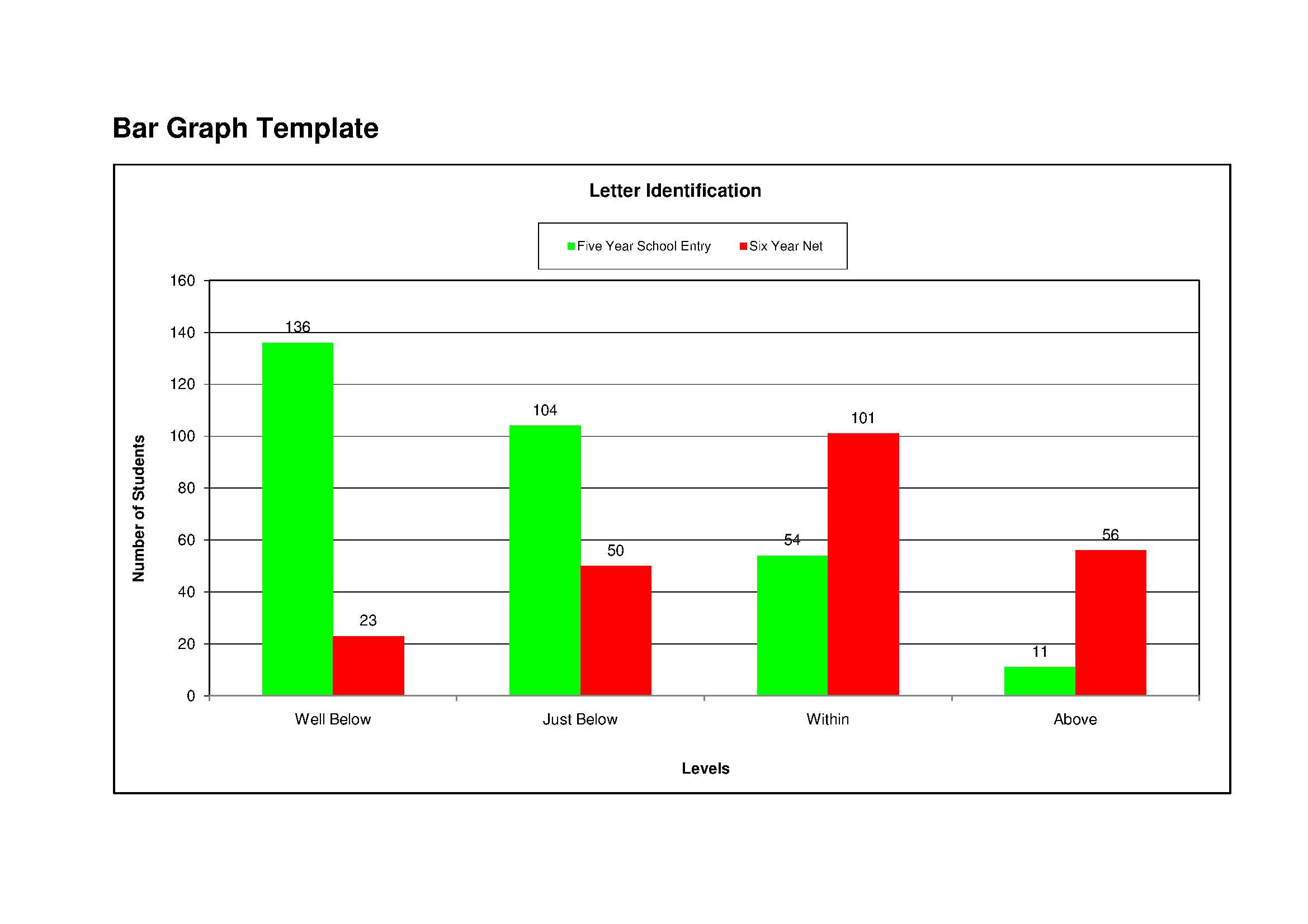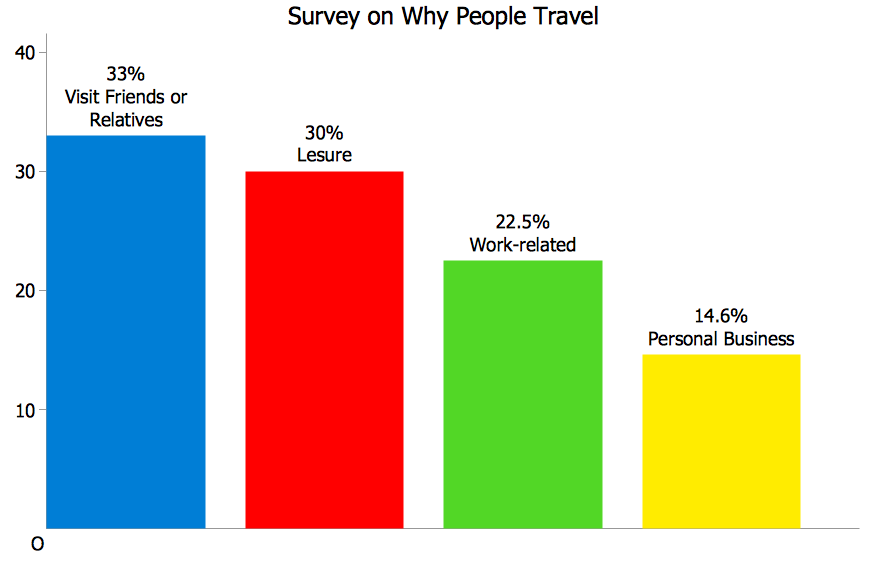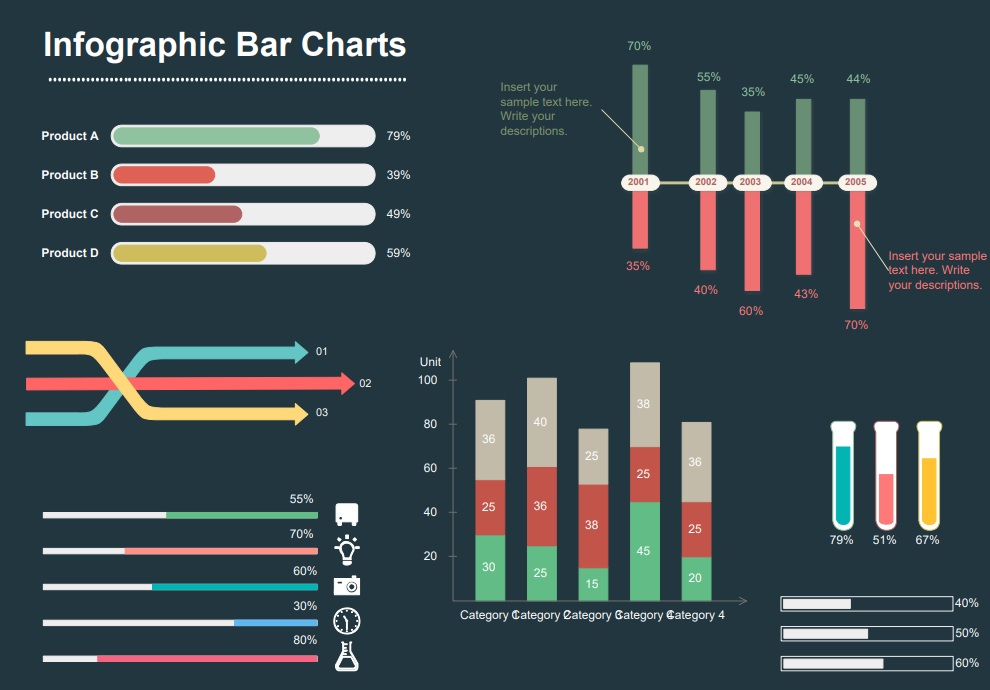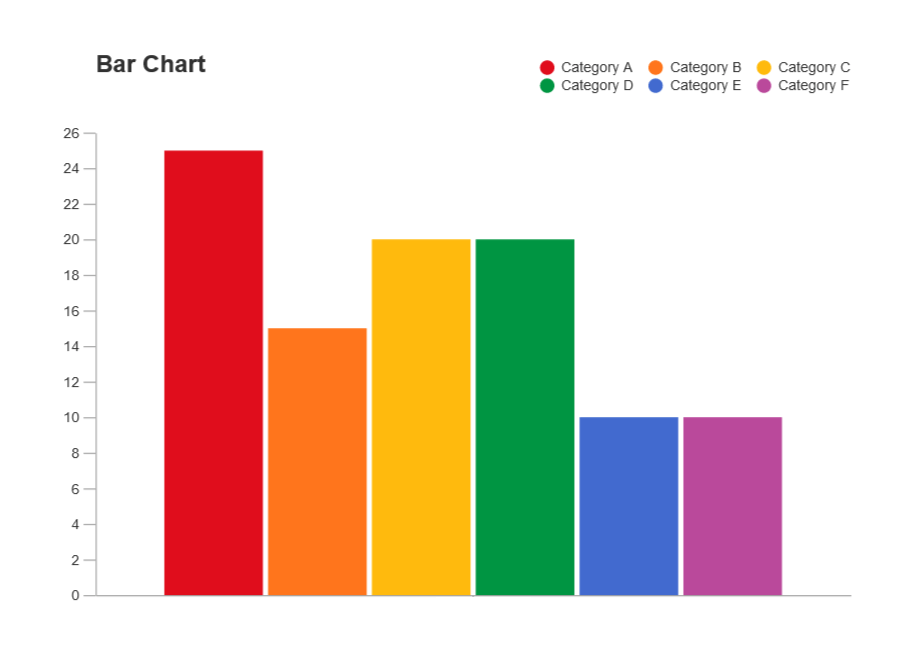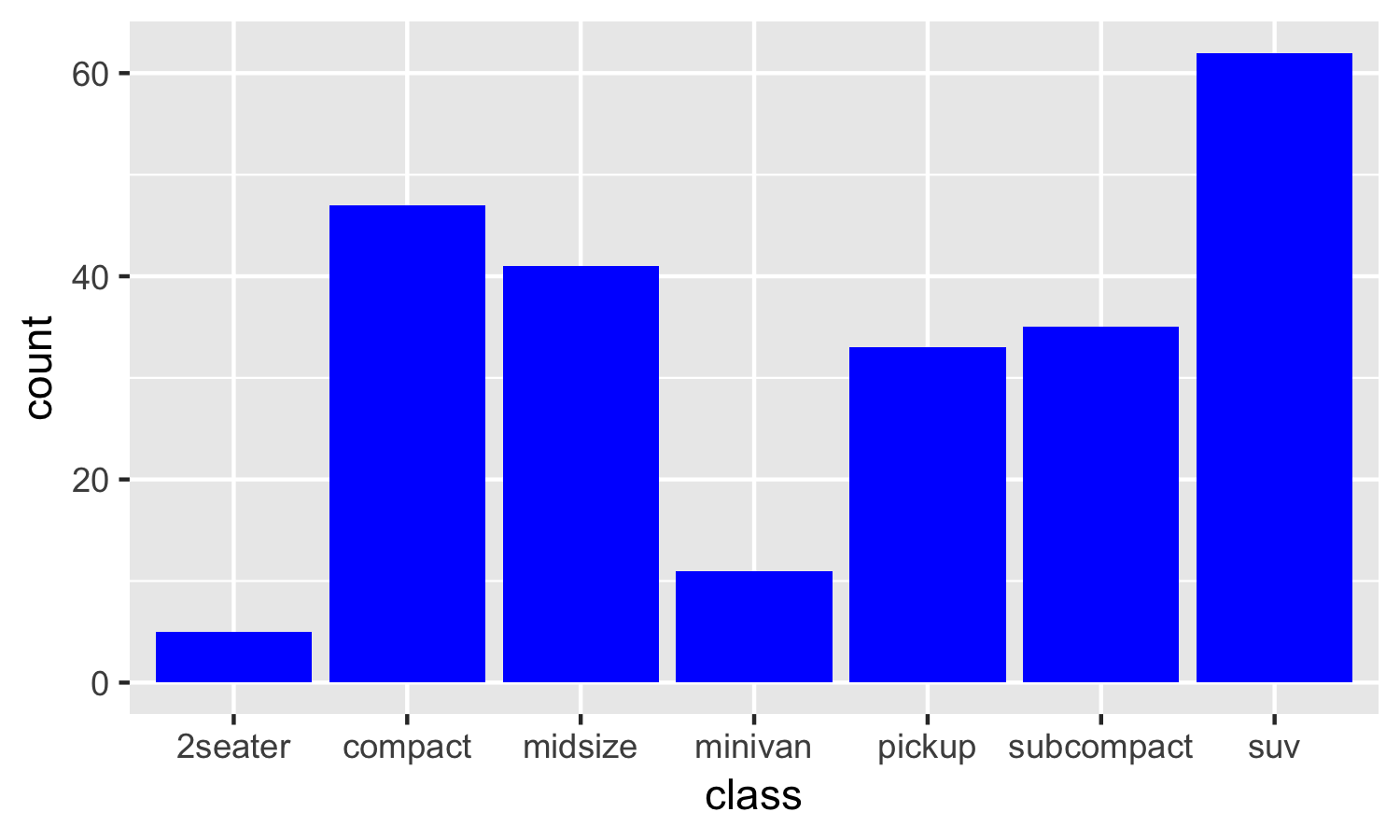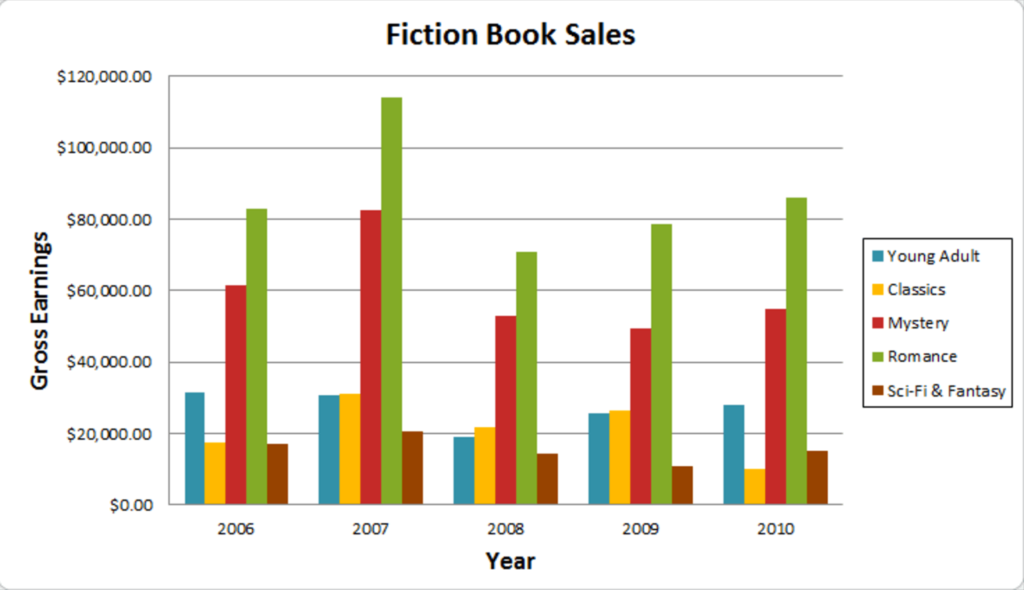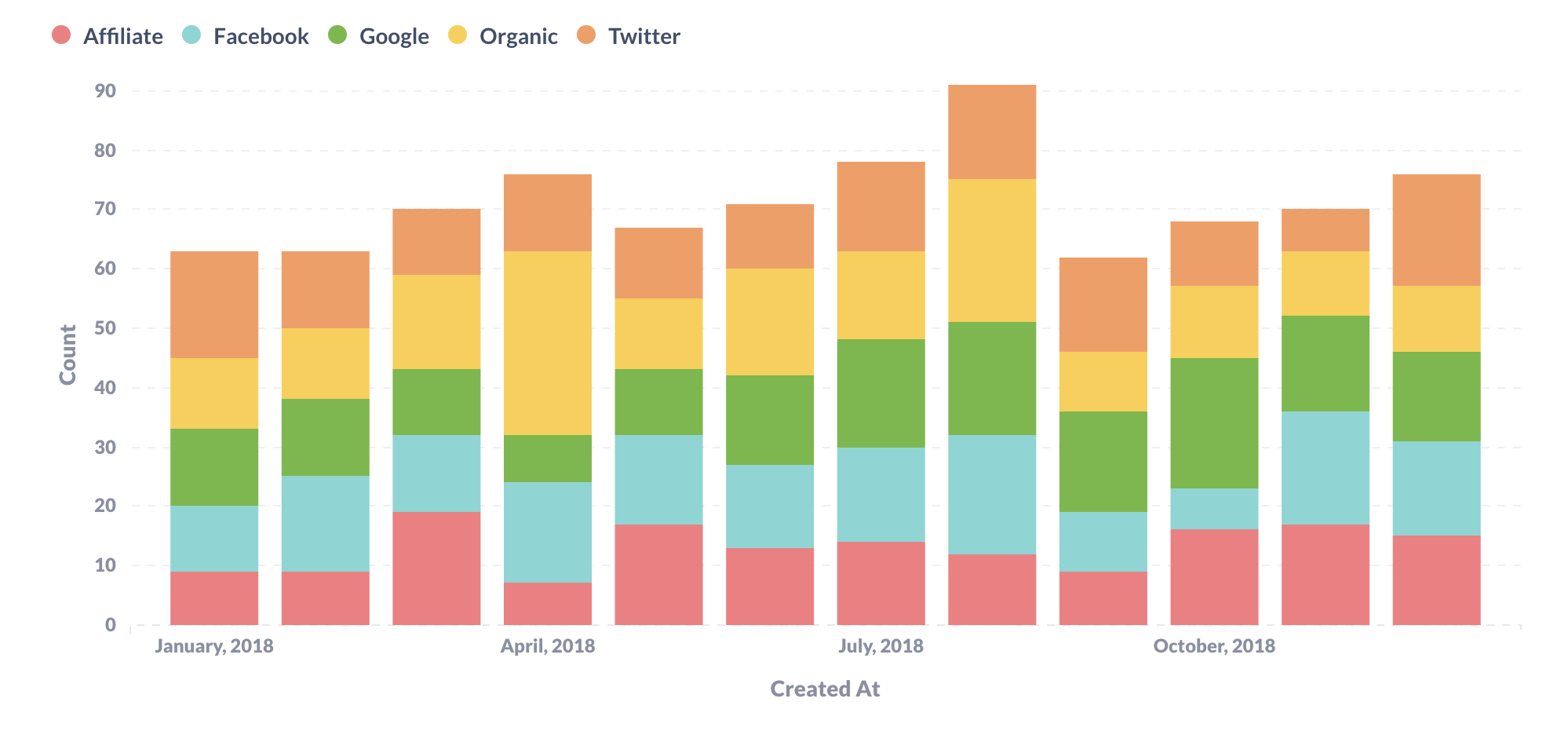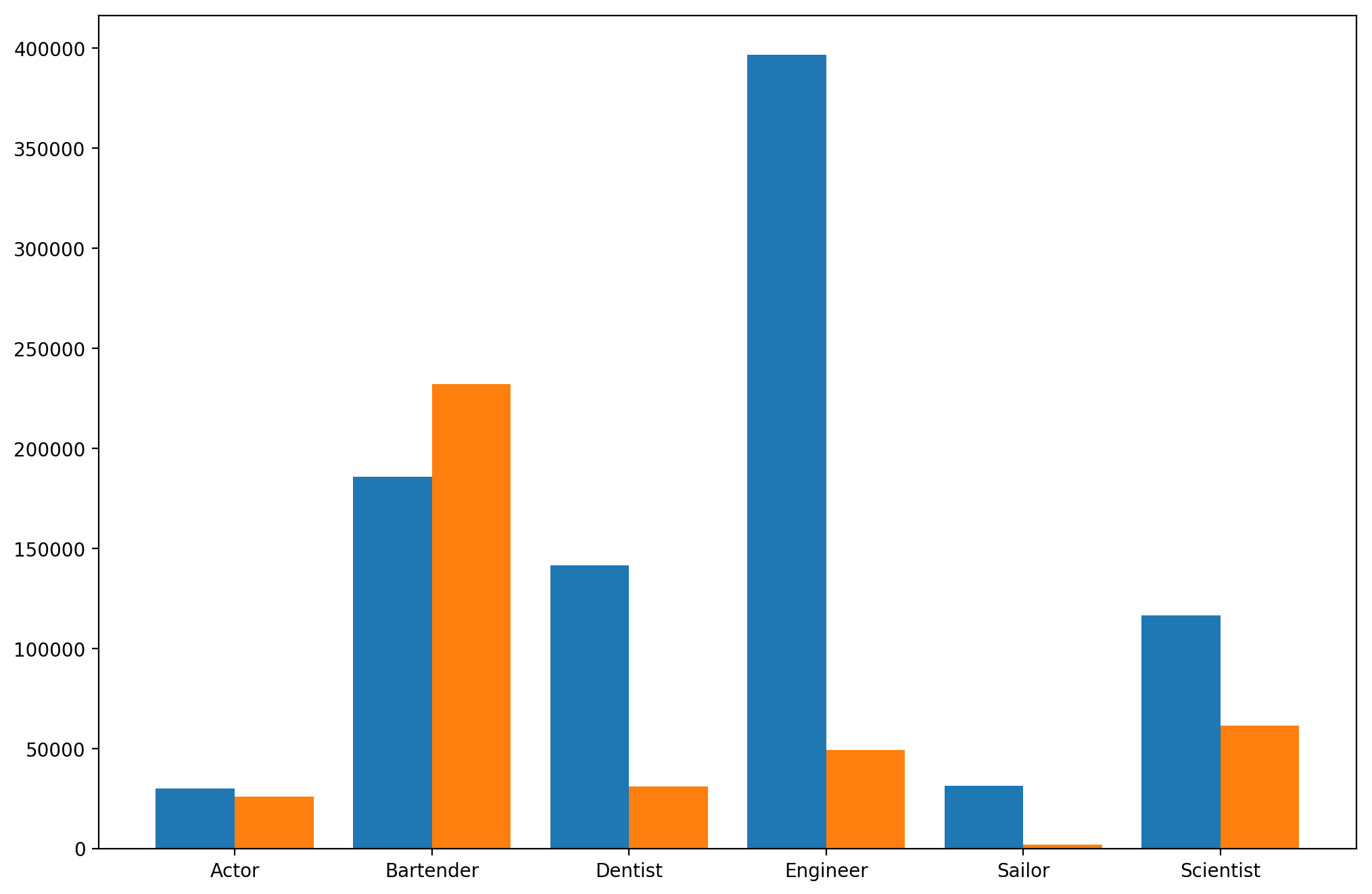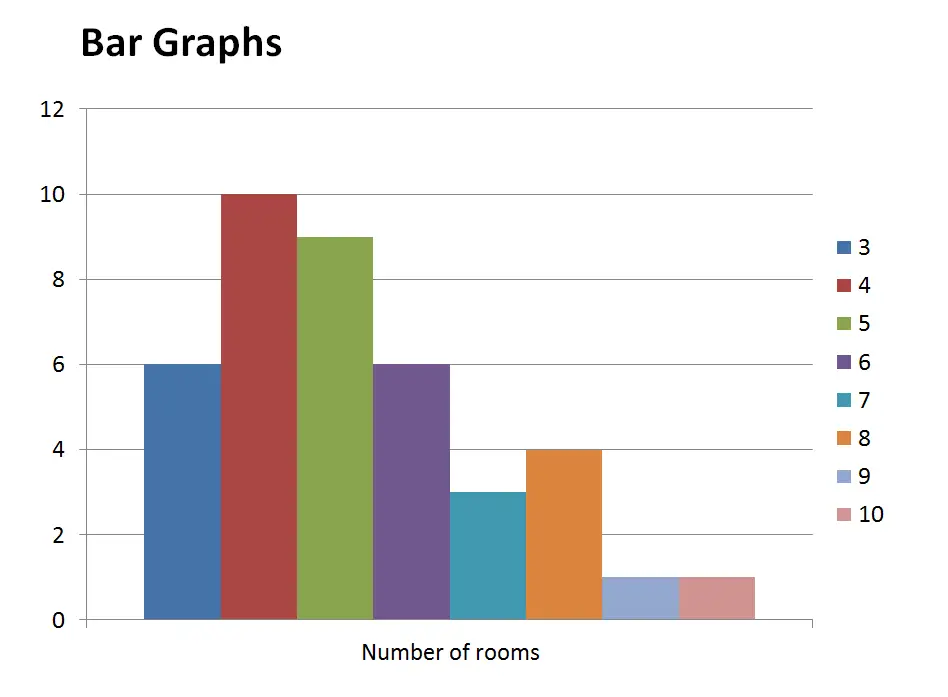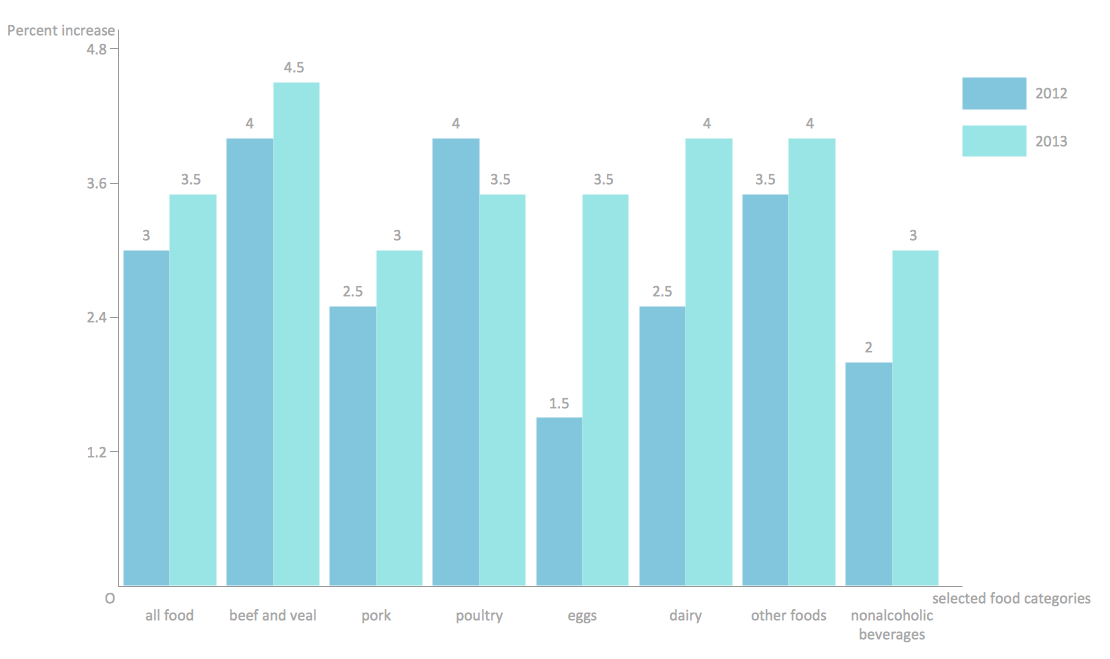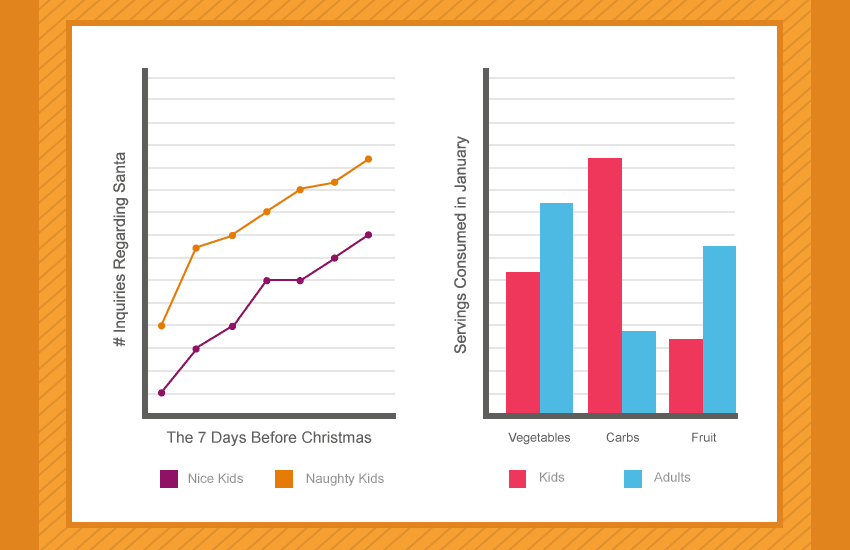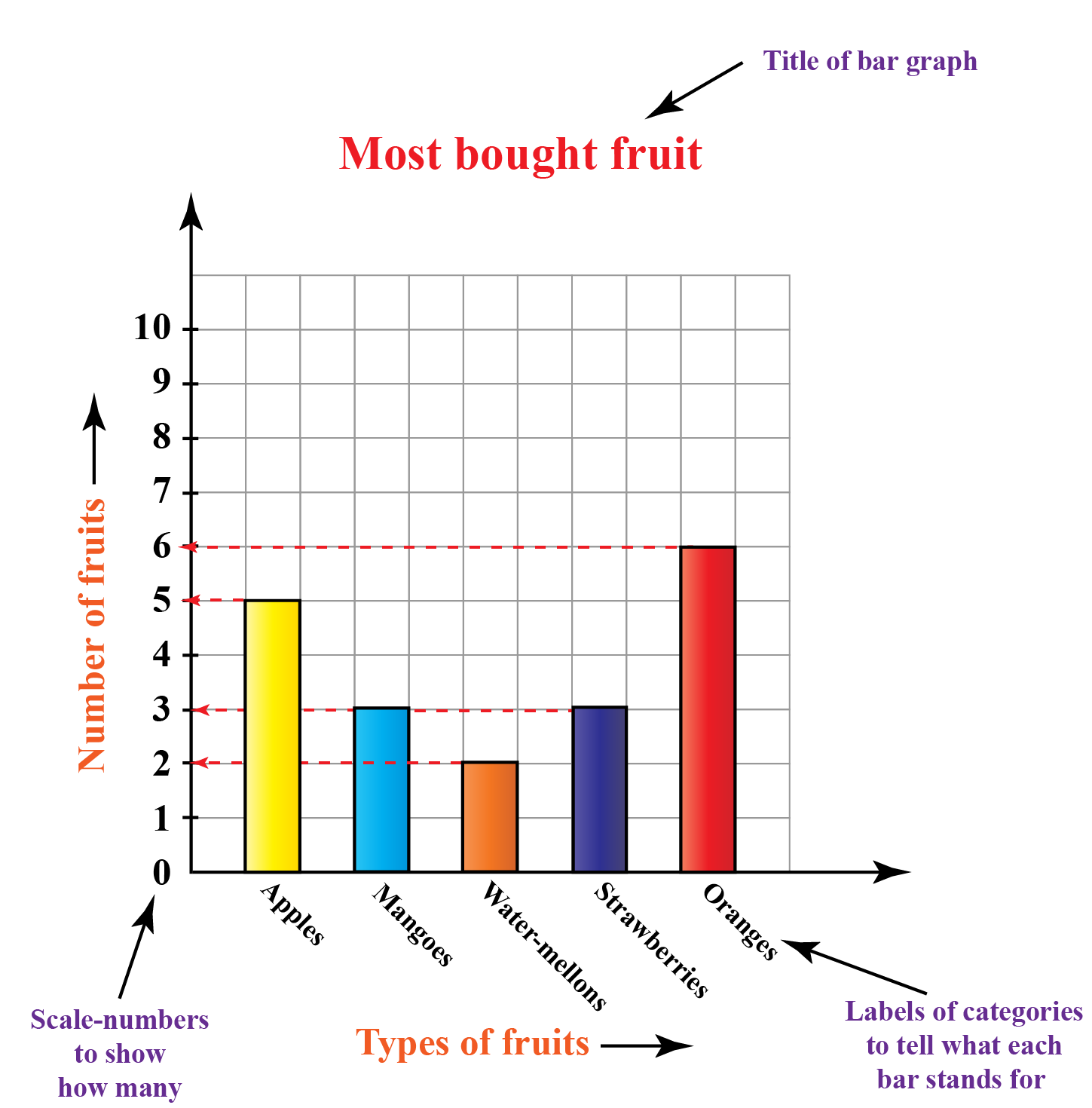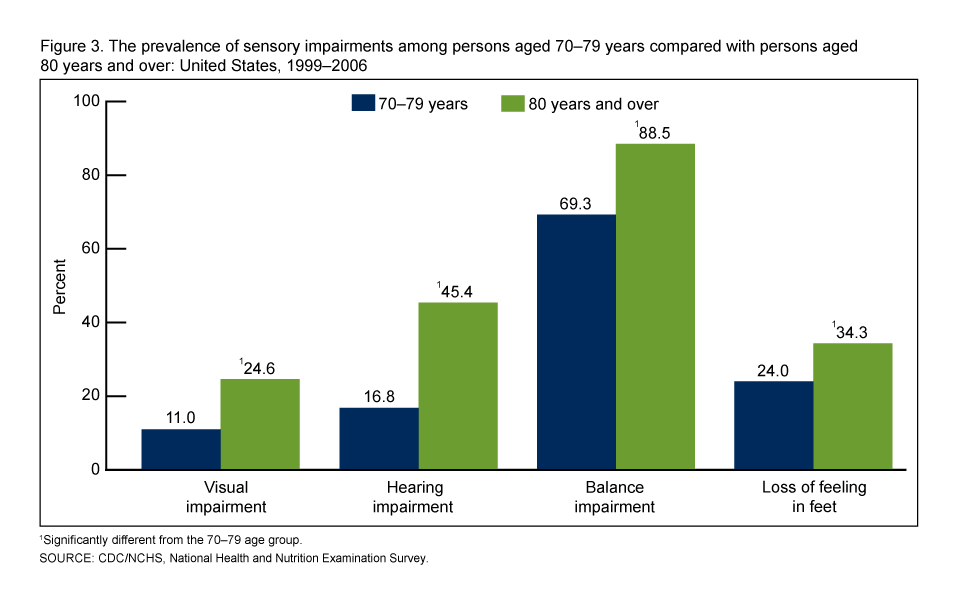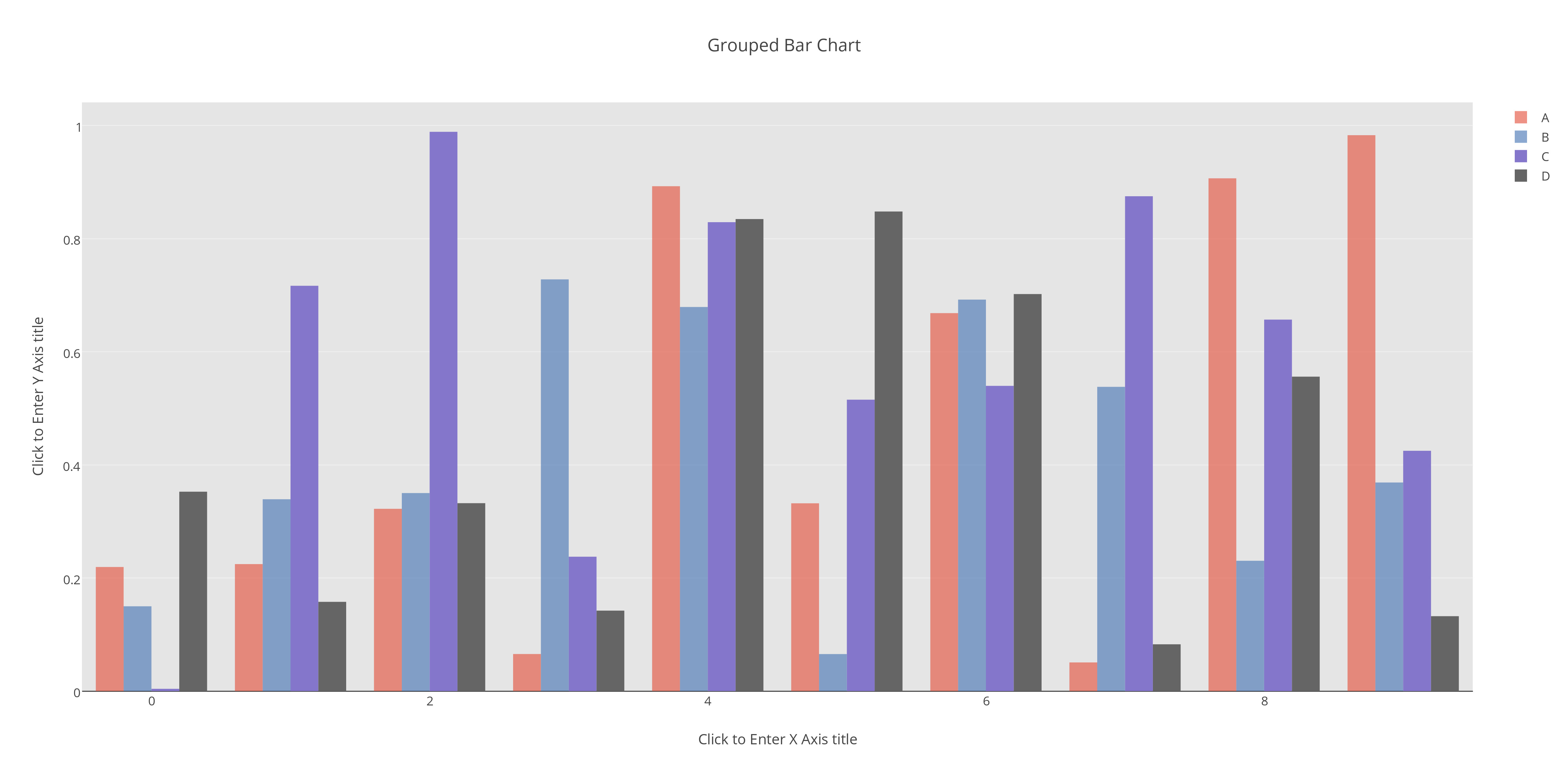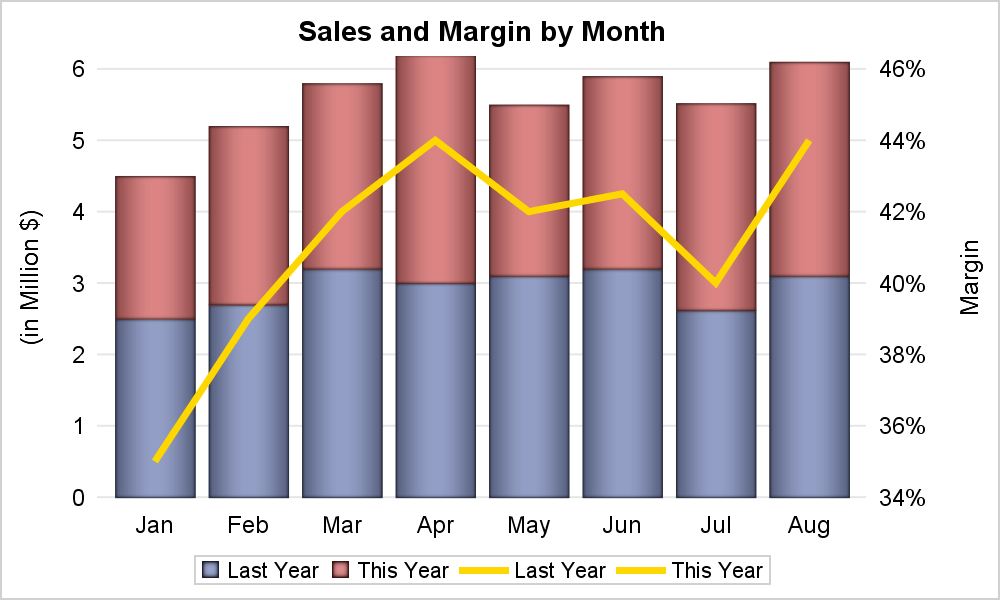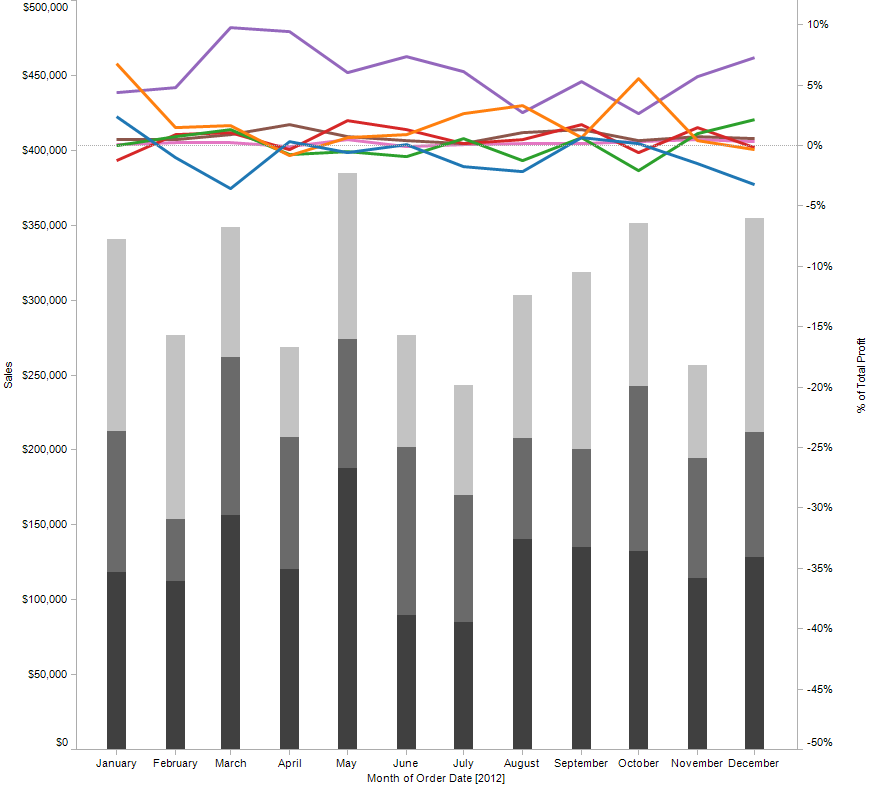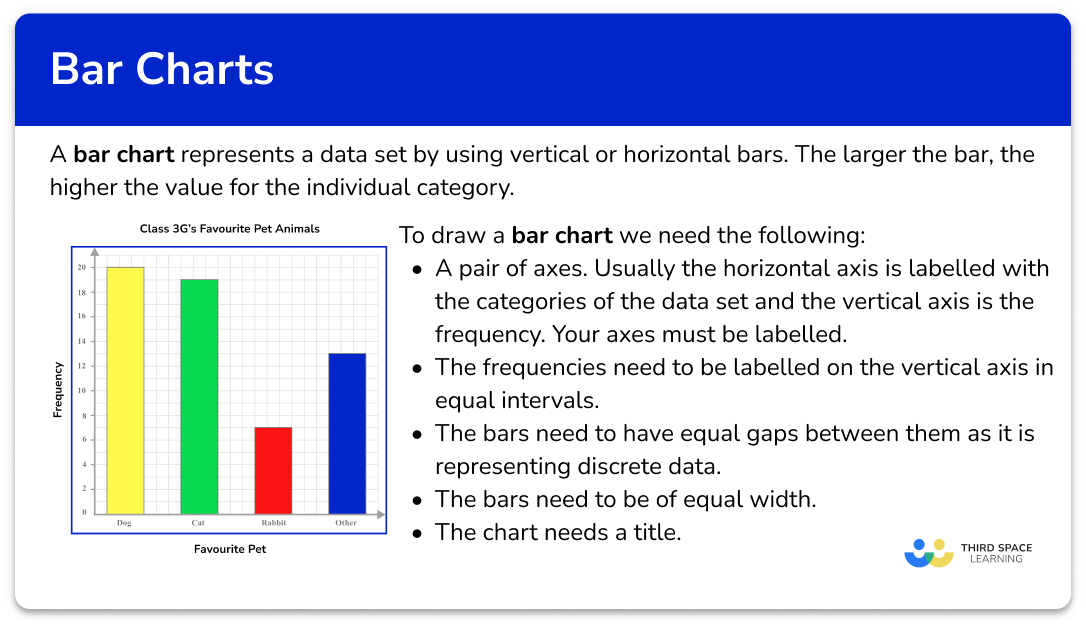Beautiful Work Tips About Why Do People Choose Bar Chart Over Line Charts Vertical In Graph Excel

Bar chart is the chart that you use one unit to.
Why do people choose bar chart over line charts. However, when you want to show the. Discover the key differences between pie chart vs bar chart in data visualization, aiding in choosing the right chart for your data analysis. One of the reasons i don’t like bar charts is that take up too much space to represent a single data point.
When do you use a bar graph over a line graph? Efficient data visualization can make or break your project. There are a few scenarios in which, despite the data representing parts of a meaningful whole, a pie chart would be a.
Line, bar, and column charts represent change over time. If the variable we want to show on the horizontal axis is not numeric or ordered, but instead categorical, then we need to use a bar chart instead of a line chart. Charts, visualizations, or insights are the building blocks of all dashboards, so choosing the right chart type is one of the crucial skills when building a dashboard.
Bar charts are ideally suited to making comparisons between categories because our visual perception is excellent at. Bar charts are often used when comparing categories of data, which can see data changes over time. When to use bar charts:
Pyramids and pie charts display parts of a whole. And yes, you should start the vertical scale at zero, but. It’s way easier to interpret a bar chart than it is to look at massive amounts of numbers in a spreadsheet.
If you’re not certain whether a. There are multiple reasons you might be driven to select a table, over a graph, as the right way to visualize your data. Are you, or others, planning to use the table to look up one or.
Line graphs are ideal for showing trends and changes over time, while bar charts are excellent for comparing discrete data points or categories. The answer lies in the nature of your data—bar graphs for discrete data comparison and line graphs for. Line charts join data points with lines, emphasizing movement and flow, ideal for viewing data patterns over periods.
Bar charts, contrastingly, use horizontal or vertical bars to compare discrete variables or categorical data across groups—think. When you want to compare different categories of data or track changes over time, bar graphs are the best choice. A bar chart (aka bar graph, column chart) plots numeric values for levels of a categorical feature as bars.
The continuous nature of the line chart puts the focus on the trend over time, drawing the eye to the overall shape of the curve, rather than to individual values (like in a bar. While scatter plots and treemaps are helpful if you. Levels are plotted on one chart axis, and values are plotted on the other.
Simply put, bar charts are really quick to create, show comparisons clearly, and are easy for the audience to understand. When to choose a bar chart over a pie chart.
